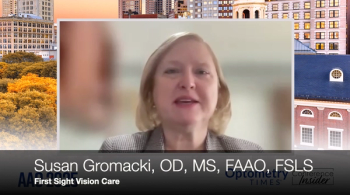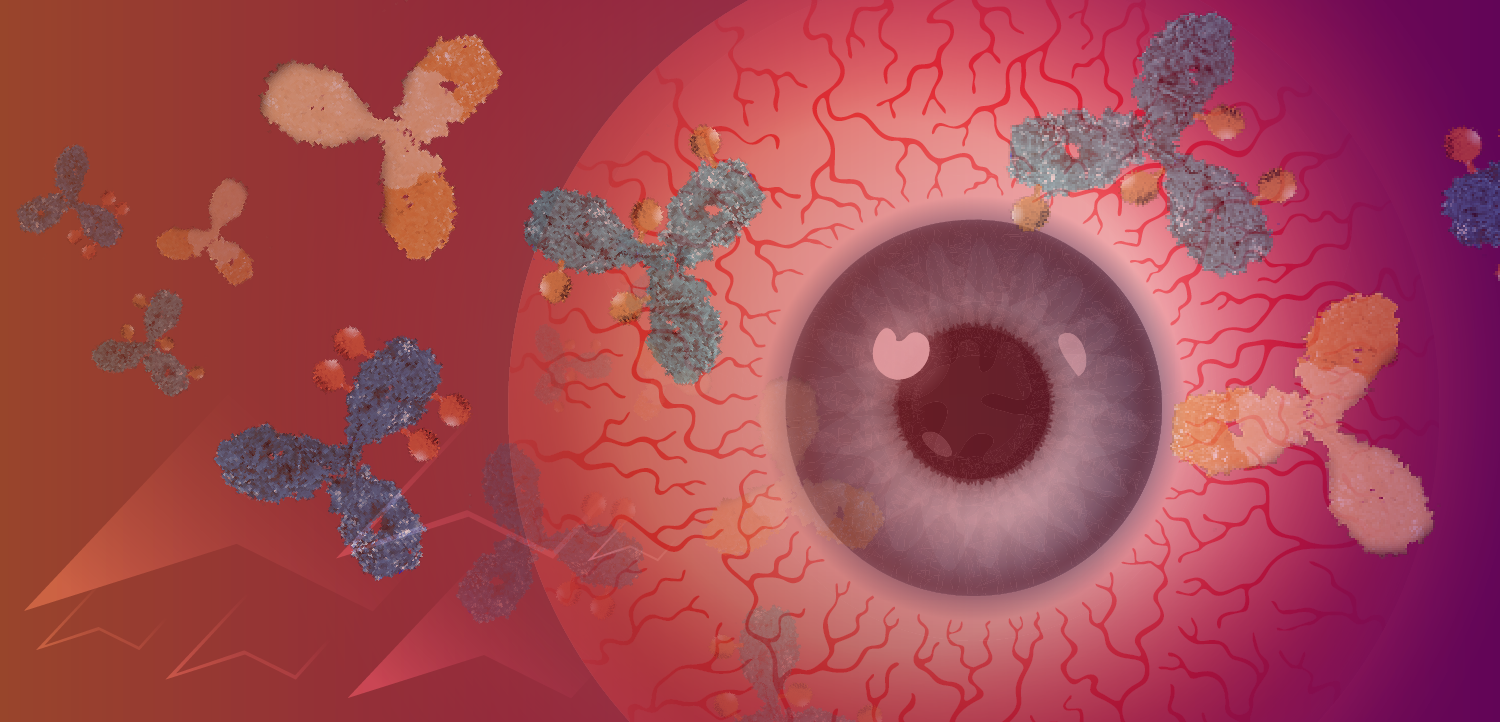
AAOpt 2024: Mastering macular edema
Mohammad Rafieetary, OD, FAAO, FORS, Dipl ABO, ABCMO, discusses diagnostic confusion that can be encountered when identifying macular edema in patients.
Mohammad Rafieetary, OD, FAAO, FORS, Dipl ABO, ABCMO, discusses diagnostic confusion that can be encountered when identifying macular edema in patients.
Video transcript:
Editor's note: The below transcript has been lightly edited for clarity.
Mohammad Rafieetary, OD, FAAO, FORS, Dipl ABO, ABCMO:
Hello everybody, friends and colleagues. Mohammad Rafieetary here, and I'm optometrist at the Charles Retina Institute in West Tennessee, East Arkansas, North Mississippi. We are here in Indianapolis for the American Academy of Optometry meeting 2024 and my presentation was"Mastering Macular Edema: Eitologies, Diagnosis, and Management." As we all know, a lot of retinal related vision loss affects the macula and in maculur spectrum disease, many of these are caused by changes in the edema that is caused by fluid flux. You know, whether it's diabetic retinopathy, diabetic macular edema, retinal vein occlusion, macular edema, even in context of neovascular AMD, there is fluid flux into the macula. We don't necessarily call that macular edema. We call that in with reference of subretinal or intraretinal fluid. And they are also conditions that are really not macular edema. They may masquerade, you know, things like foveoschisis. It looks like pockets of fluid, but these are schisis pockets. So to go through the spectrum of these diseases, to explain, "What is swelling? What is edema? What is leakage?" These are all different things. They mayassociate with each other. You could have somebody who's got macular edema and no longer leakage. The leakage that caused the edema has stopped. And leakage is a term we use a lot of times, looking at OCT which is wrong, because leakage is an angiographic finding. So I went through a lot of this stuff, had some clinical examples, and it was a good lecture, I think. I think the audience enjoyed it, and I hope to be back next year to present something else here at the Academy.
So as far as things that are confusing to clinicians, because we use, for the most part, we use OCT to evaluate patients for macular edema, whether it is a patients with diabetic retinopathy or a patient with macular degeneration. Again, the gray areas are not distinguished between edema and leakage, not to distinguish between swelling and edema. You could have a patient with an epiretinal membrane whose retina has swelled up is increased in thickness, volume. But that's not necessarily edema, nor is it leakage. So I went through some of these again, demonstrated some OCTs, some angiography. A demonstrated case of diabetics, for instance, that one retina was extremely swollen with fluid, but the angiography leakage of it was actually less than the fellow eye that had some degree of edema under OCT, not only the OCT topography, but the OCT tomography didn't show much of a fluid, but that actually leaked more. So sometimes the leakage and the drainage of that leakage, or processing of the leakage, could cause diagnostic dilemmas and diagnostic confusion.
Newsletter
Want more insights like this? Subscribe to Optometry Times and get clinical pearls and practice tips delivered straight to your inbox.


















































.png)


